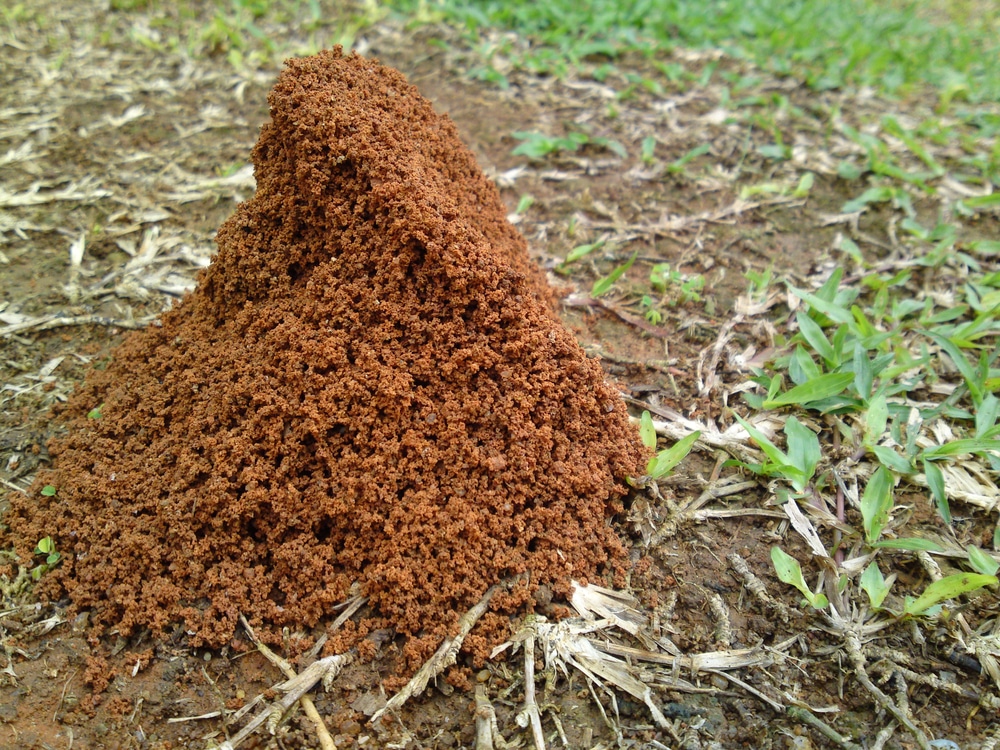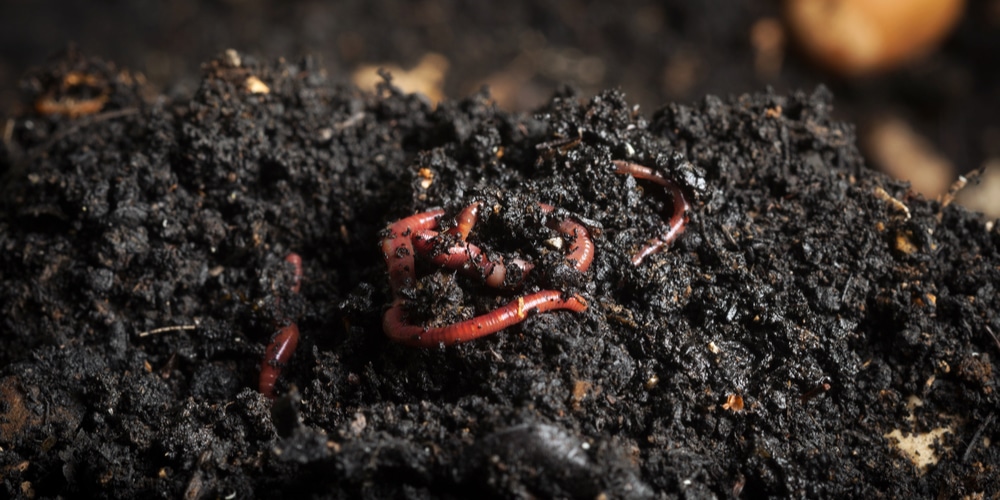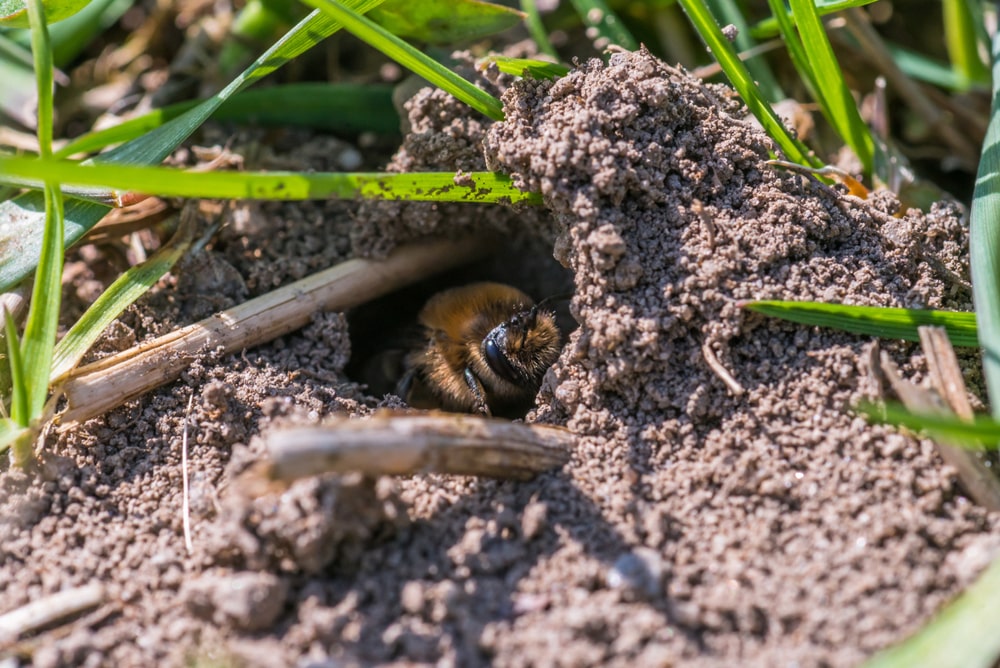The ant is the most common insect responsible for small dirt mounds in yards. Ants are incredibly industrious, and their colonies often build elaborate underground tunnels and homes. There are a few other insects that also produce mounds in the soil. This article will discuss what insect causes small dirt mounds in your yard.
What insect causes small dirt mounds
If you’ve recently noticed that mounds of dirt are forming in your yard, there are a few culprits. The most common culprit is the ant, but termites, earthworms, or earwigs may have also caused the mounds.
Ants
Ants build elaborate underground colonies, often with small dirt mounds scattered around the yard, as they work to create homes and tunnels. The prize for the best builder in the ant world goes to the Allegheny mound ant that can construct mounds of dirt up to three feet high.
To reduce the number of ants in your yard, you should be sure to keep food sources sealed and away from the ant mounds.
The following species of field ants commonly create mounds of soil:
- Fire Ants
- Pyramid Ants
- Leaf-Cutting Ants
- Allegheny mound ant
Termites

Termites are another possible cause for small dirt mounds in your yard. They feed on wood and other cellulose-based materials, so if there is any rot or decay.
Subterranean termites are notorious for causing extensive damage to homes and buildings, and the small dirt mounds they create are one way of detecting their presence.
Earwigs
Small dirt mounds may also be created by earwigs as they burrow into the soil in search of food. Earwigs can damage plants, so it’s crucial to take action against them if you notice them in your yard or vegetable garden.
Earthworms
Earthworm activity is often responsible for mounds in your yard. These creatures are beneficial to soil health as they aerate and fertilize the soil. Worm casts are also a good source of nutrients for your plants. If you notice small dirt mounds in your yard, don’t be alarmed, it’s likely just earthworm activity.
Digger bees or wasps
Digger bees are another possible source of small dirt mounds. These solitary, non-aggressive bees dig tunnels and nest in the ground, often leaving behind small piles of dirt as they go. Digger bees are important pollinators, so it’s best to leave them alone if you notice their presence.
The Cicada Killer Wasp is another insect that burrows into the ground.
Periodical cicada larvae
These grubs feed on tree roots and can create shallow, cone-shaped mounds of dirt as they tunnel through the soil. Periodical cicadas don’t pose any major threat to your plants.
Tips to prevent insect infestation
Here are some takeaway tips to help reduce the number of small dirt mounds in your yard:
- Keep food sources sealed and away from ant mounds
- Take action against termites if you notice their presence
- Remove any decaying wood or vegetation to discourage earwigs
- Regularly monitor for signs of infestation
- Take preventative measures to reduce the chances of an infestation occurring in your yard.
- Phone a pest control company if you have an infestation in your home or yard
By following these tips, you should be able to reduce the number of small dirt mounds in your yard and prevent any further damage from occurring. Remember, the earlier you detect a pest problem, the easier it will be to get rid of them.
Conclusion
The most common insect responsible for small dirt mounds in yards is the ant. However, termites and earwigs can also be responsible for these mounds. Taking preventative measures and regular monitoring for signs of infestation can help you keep these pests at bay.



